How to invest in private equity when interest rates are at historical lows
In the current context of ultra-low interest rates, private equity shines as an investment opportunity.
Private equity presents opportunities for investors who yet have to gain exposure to this asset class. The barriers to entry are high, but investment vehicles exist to overcome them. Here is how to invest in private equity, and why, when other asset classes offer disappointing returns.
Interest rates are currently at historic lows: it’s not just the actual rates themselves, it’s that they have been at this level for a considerable length of time. As an asset class, private equity makes a lot of sense in this environment for investors who are prepared to take the risks commensurate with the potential rewards.
How to invest in private equity: do low interest
rates impact the asset class?
If the cost of borrowing is low, this works to the advantage of those who use debt instruments. For established businesses, now might be the time to take a line of credit to invest back in the business. However, businesses of the kind that seek out private equity investments don’t have the revenue or the profit needed to service a loan: debt financing isn’t a natural fit and borrowing from banks isn’t an option. For these businesses, low interest rates present little opportunity and certainly won’t have any direct impact.
On the other side of the private equity transaction, many investors will use their own lines of credit; for them low interest rates are definitely attractive and helpful. Such a low-rate environment is good for this asset class, even though it doesn’t have as much influence as it does on other sections of the investment universe: sovereign bonds or listed stocks are much more sensitive to interest rates.
Will interest rates rise again in the near future?
For an exhaustive overview, let’s look at how interest rates are set to evolve in the coming months. With the latest employment figures well ahead of forecast and unemployment at 5%, the US are in the spotlight at the moment. However, any potential has already been priced in by the markets, following Janet Yellen’s announcement that the rate (currently at 0.25%) will be raised later this year.
This is in total contrast to the rest of the world. Mark Carney at the Bank of England has left rates at 0.5% and just last week declared that they could stay that way until 2017. Mario Draghi at the ECB has set rates at 0.05% and is ready to extend the existing €60-billion-a-month purchasing program until September. In China, India, Brazil, Russia, Australia and Japan, the central banks are all set to hold or drop rates to facilitate better economic conditions at home.
How to invest in private equity to find otherwise
elusive returns
With such low base rates, few investments can offer satisfying returns. That is where private equity comes in. While many businesses will run out of steam (or money) after burning through the cash, or will deliver only mediocre returns, other stakes in companies will turn a very handsome profit with breathtaking speed, as the cash injection catapults them into a meteoric rise – any investor’s dream.
In addition, the bigger a business gets and the more promise it shows, the more interest it’s going to attract: new money will allow some investors to turn comparatively small amounts of cash into much bigger amounts in relatively short periods of time.
Interestingly, this can be the case even when a company isn’t making any profit, or even revenue. An example that immediately comes to mind is Whatsapp : in 2013, the business had generated a loss of $138.1 million. For the six months ending in June 2014, the loss almost doubled in half the time, to reach $232.5 million. Yet Whatsapp was bought by Facebook in October 2014 for $22 billion. In that case the buyer was looking at a totally different number: at the time of the transaction, Whatsapp had more than 450 million monthly active users, almost double that of Twitter at 241 million users.
How to invest in private equity when the barrier
to entry seems so high
The private equity universe is a place full of opportunity, and risk, too: you can do very well, or very badly, or even both. This apparent double or quits can perplex those who want to gain access to this asset class while ensuring a level of diversification that won’t swallow all of their investment fund.
The other issue facing private equity investors is that this class requires more than investment knowledge and technical skill: performing due diligence requires time and expertise, or the willingness to trust somebody else to do it properly – for a cost. Investors may be asked for advice, contacts, support and direction; this requires a lot of business savvy and commercial experience. The barrier to entry is high.
Two other factors place it even higher. Private equity can be highly illiquid, with positions that are impossible or difficult to convert to cash quickly. It is impossible to know when or how you will be able to redeem your investment – if at all. Various clauses can be added to contracts, but if the company doesn’t survive, both business and contract become history. If the company does do very well, it still needs to find new buyers in order to liquidate the positions of the original buyers. One of the key drivers of private equity returns is the inherent risk of uncertain outcomes, and illiquidity is simply a part of this.
Finally, investments in private equity may be exceptionally dependent on key characters: the founders, a small number of clients or the investors in the next funding round. This intensifies the risk, making a small number of variables incredibly important.
How to invest in private equity
with an investment trust
Still, there is an investment vehicle that combines the opportunity and reward potential of private equity with satisfying diversification: investment trusts. These closed-end funds of holdings are listed on an exchange and managed by a fund manager, thus achieving diversification, liquidity and the ability to outsource due diligence. A private equity investment trust can buy direct equity stakes in companies, can combine with third parties to buy those stakes, or can invest indirectly into other private equity funds.
Based on the analysis of the Gillenmarkets newsletter, I chose the sterling-based Graphite Investment Trust to gain exposure to this asset class. The company specialises in management buyouts of mature, profitable companies in the UK and Europe and has a total expense ratio of 1.44%. Shares are currently trading at just over £6 and offer a 1.7% dividend yield.
Rory Gillen notes that “Graphite Enterprise has developed an excellent long-term track record, generating growth in its net asset value (NAV) of 11.8% compound per annum since 1995.” It has delivered a 10-year growth rate of 125.6% and again outperforms the equity indices with a steady dividend throughout.
You will find analysis of other funds on Gillenmarkets.com, or you can run a search for a “Private Equity” fund focus on trustnet.com.
This article was first published in the Women In Private Equity Awards magazine.







